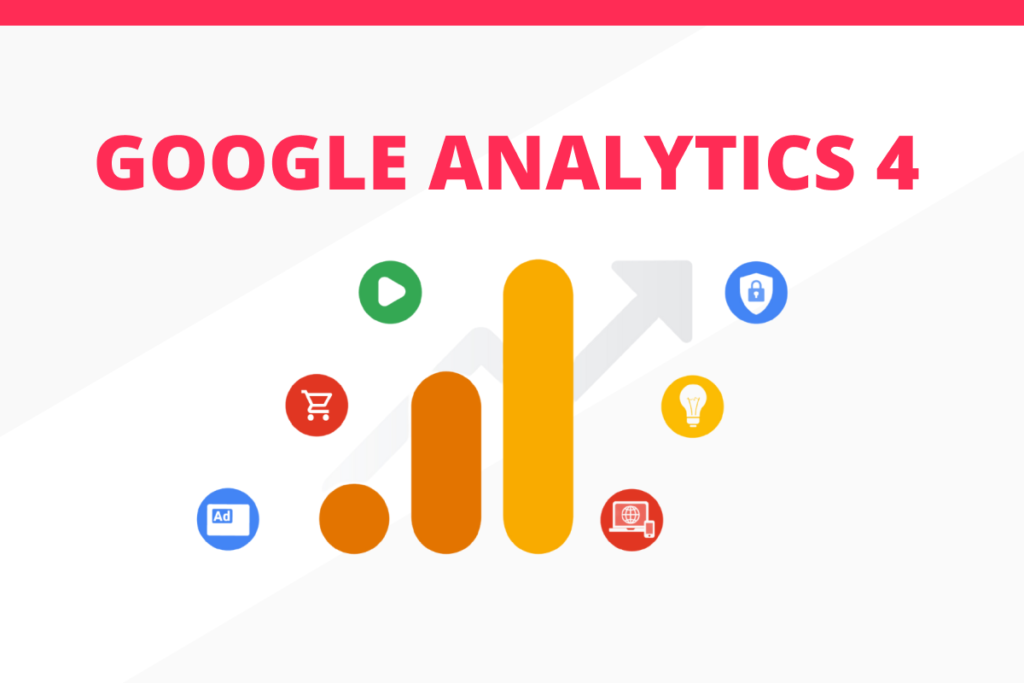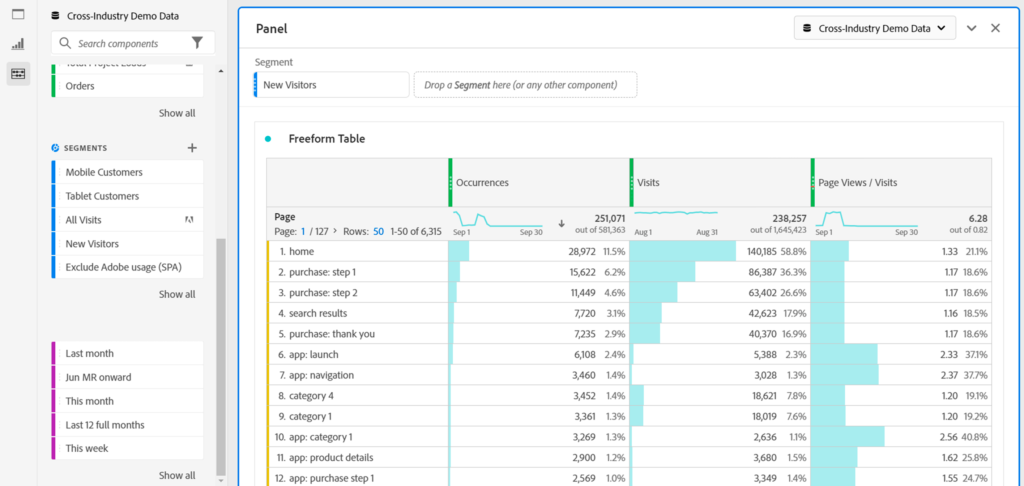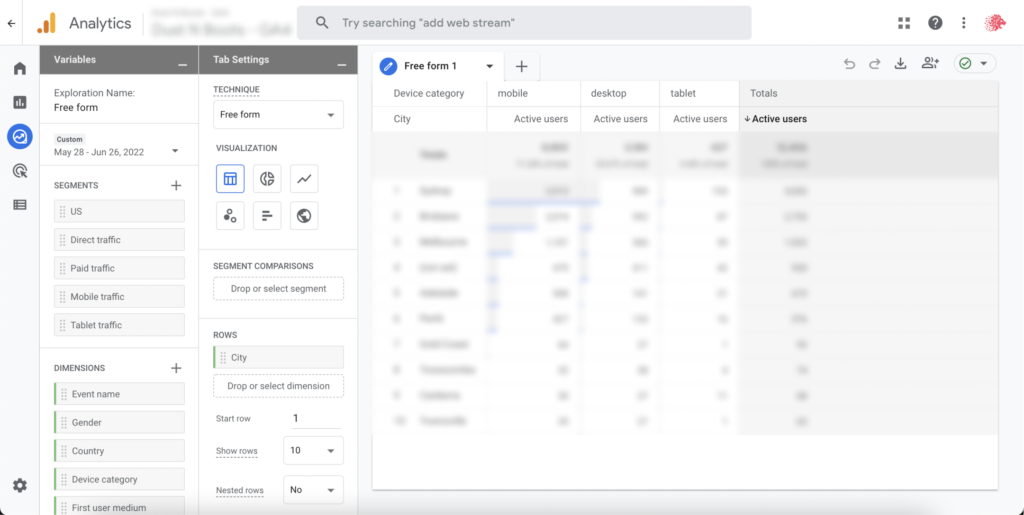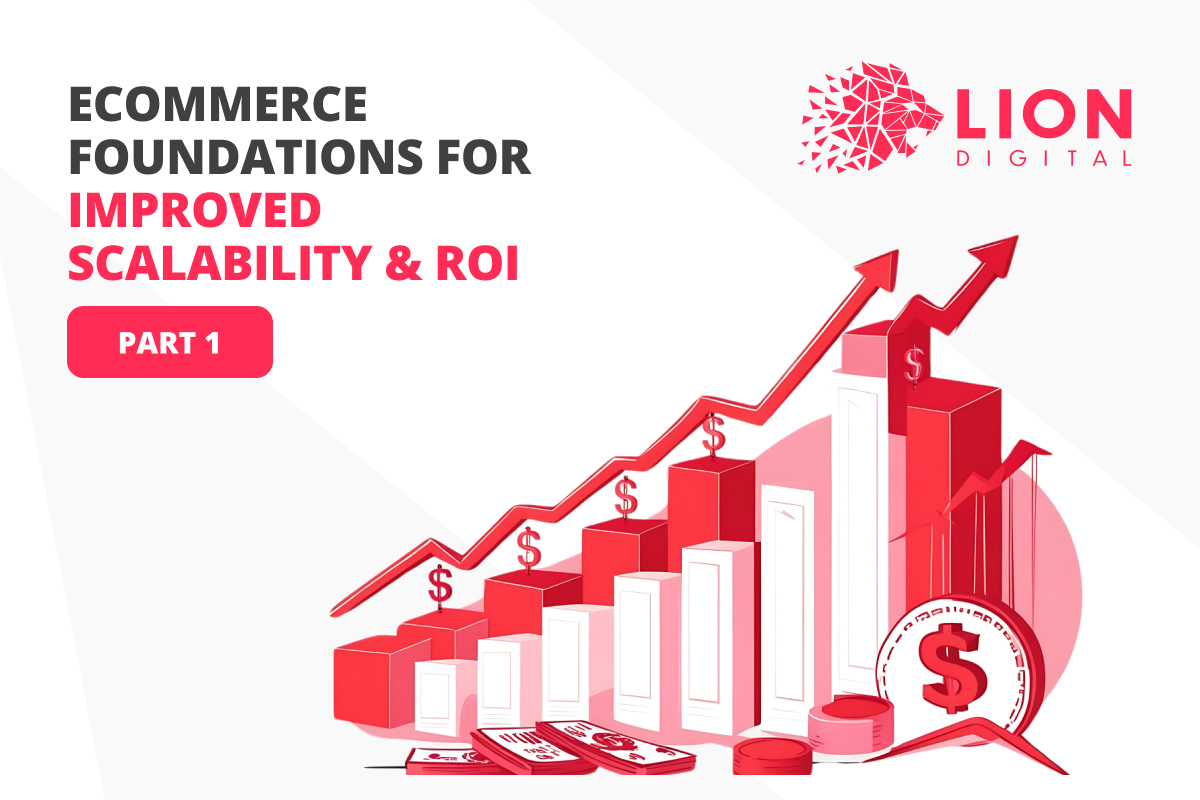
With all the new changes in the past decade in the digital marketing landscape, a more sophisticated way to collect and organise user data was much needed. In the fall of 2020, Google introduced an updated software called Google Analytics 4 (GA4), a version that, so far, has worked in parallel with its predecessor Google Universal Analytics (UA). However, Google recently announced that this version would be sunsetting on July 1, 2023, including its premium version 360 Universal Analytics, which will stop processing data in October of next year as well. It is worth noting that the premium features from 360 Universal Analytics will be rolled into the new iteration of GA4 as well.
Getting used to new software takes time, especially in this case, considering that Google Analytics 4 presents an entirely different interface and configuration to UA. This is most certainly why Google made this announcement in advance, to allow businesses still using the UA tool to migrate and get used to the latest version. It is also worth noting that GA4 doesn’t provide any historical data you’ve tracked in Universal Analytics, which adds another good reason why you should start migrating to GA4 since data continuity and reporting are paramount to your business.
Some of the main tools integrated with Google Analytics 4
Event-based data model
Probably the most significant change in the software, Google Analytics 4 introduces an event-based model that offers flexibility in the way we collect data while also providing a new set of reports based on the model.
With Google Analytics Universal, businesses relied on “sessions”, which accounted for a more fragmented model since it only collected data in limited slots. Also, it only worked with specific and predefined information categories, making custom-type data much more challenging to obtain. But now, since everything can be an event, there’s a broader opportunity to understand and compare client behaviour through different custom-type data across various platforms.
Operation across platforms
Previous to GA4, businesses required different tools to analyse both website and app data separately; this made it difficult to obtain a global picture of its user traffic. But now, GA4 added a new kind of property that merges app and web data for reporting and analysis.
Thanks to this update, if you have users coming to you through different platforms, you can now use a single set of data to know which marketing channels are acquiring more visitors and conversions.
No need to rely on cookies
As mentioned at the beginning of this article, a lot has changed in the last decade regarding digital marketing; this includes an ever-growing emphasis on user privacy.
Big tech companies, such as Apple, have started to develop a first-privacy policy, which is why Safari started blocking all third-party cookies in 2020. So it comes as no surprise that Google also announced that they will do the same in 2023 for Chrome.
With GA4, Google is moving away from a cookies-dependent model, no longer needing to store IP addresses for its functionality and looking to be more compliant with today’s international privacy standards.
Audience Triggers
This is a cool feature and lets brands set conditions for a user to move from one audience group to another (like they’ve bought into a specific product category). Then you can better personalise the ad experience, offering complimentary/similar products across the display, video and discovery placements and bring them back to shop more with you.
More Sophisticated insights
GA4 promised a more modernised way of collecting and organising data. Still, the most important thing for businesses is “how” to use this data. Advanced AI learning has been applied in Google Analytics 4 to generate sophisticated predictive insights about user behaviour and conversions, pivotal to improving your marketing.
Integrations
GA4 brings deeper integrations with other Google products, such as Google Ads, allowing you to optimise marketing campaigns by using data to build custom audiences that are more relevant to your marketing objectives and utilising Google Optimise for AB testing
In summary, Google Analytics 4 combines features designed to understand client behaviour in more detail than Universal Analytics previously allowed whilst prioritising user privacy. It also brings about a very friendly interface, with some drag-and-drop functionality to help build reports, reminiscent of Adobe Analytics Workspace.
Adobe Analytics Workspace

GA4 Drag and Drop

You can chat with the team at LION Digital and we can help you set up on GA4
We had a good chat with a colleague at our first Shopify Plus Partner meetup who was developing a Shopify Plus site for their client. They noted GA4 setup they had to do was quite complex and time-consuming as event-tracking needed to be configured, including eCommerce tracking, and Data Studio reports needs to be rebuilt. Took him a good 3 hours that he was keen not to repeat. Thankfully we’ve got a bunch of skilled specialists to help you set up GA4 and we can connect this to our Digital ROI Dashboard to help you get the insights you need, and look at your Channel Action Plans.









